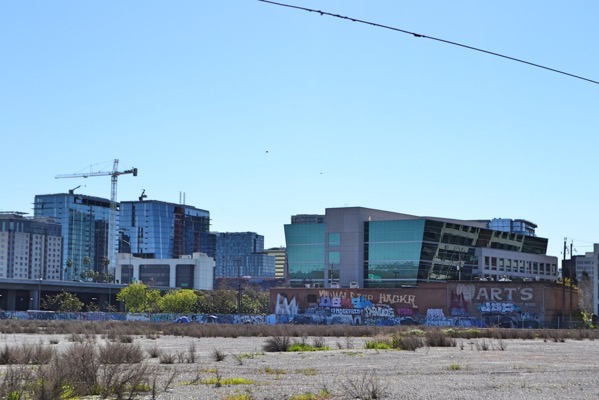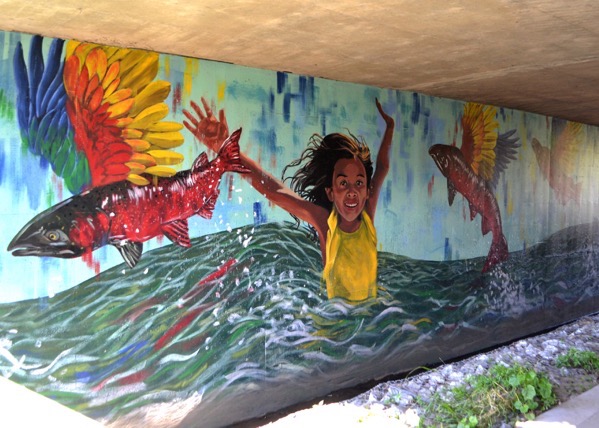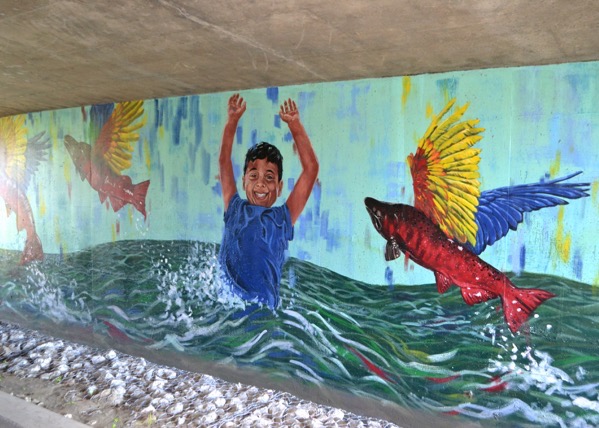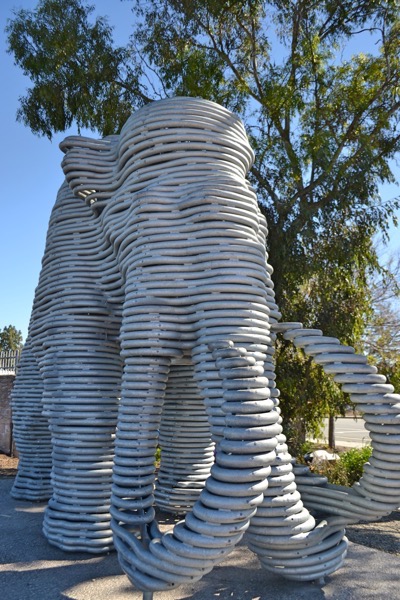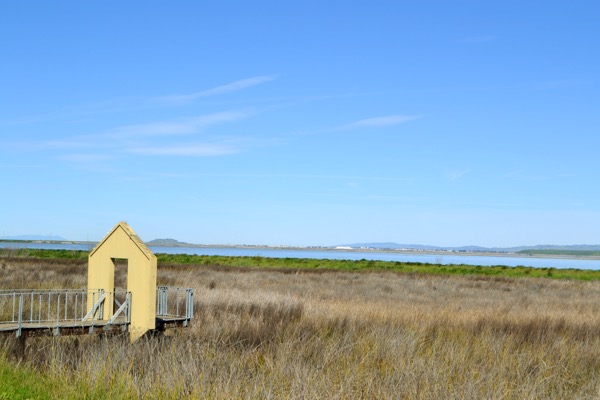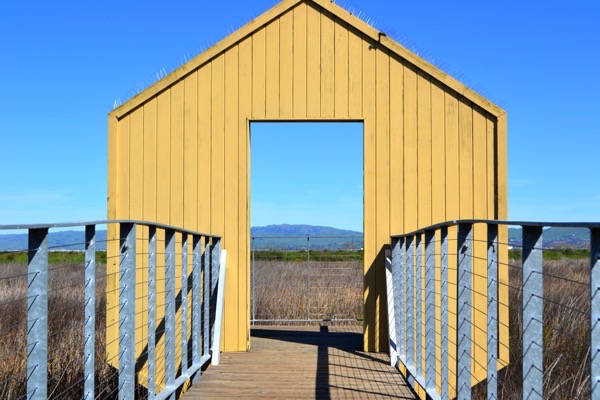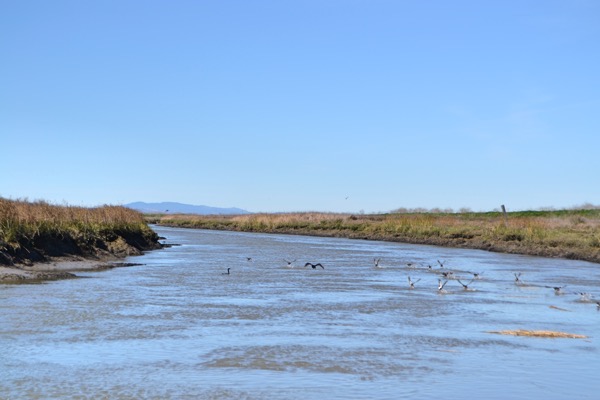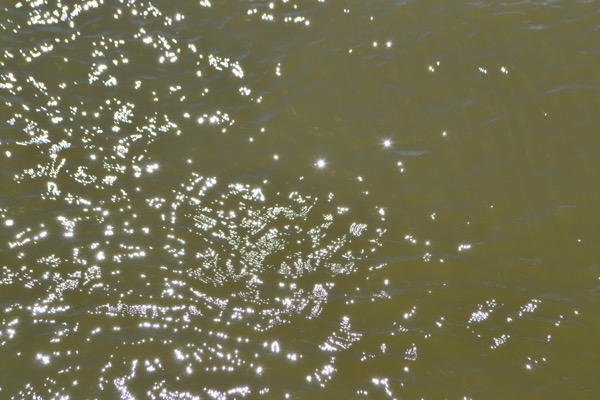
Lick Observatory, that white bump visible to the east of us in San Jose, sits atop the highest mountain top in our area, Mt Hamilton. The observatory is an orienting landmark, an important scientific observatory, a monument in history, and a great place to visit.

I am drawn to this place. It seems so distant, high on that mountain, but then only takes about an hour to get to. And from another perspective, it seems incredible that we can see anything from San Jose that takes an hour to drive to. The path to get there is 25 twisty miles by road and 4,209 ft above sea level (a little more than the Yosemite Valley), compared to San Jose’s 49 feet above sea level. Granted, San Jose has an altitude range from -13 feet to 2,125 feet. The road, depending on the source, has 360 or 365 turns on the way to the top. I have never counted the turns, myself.
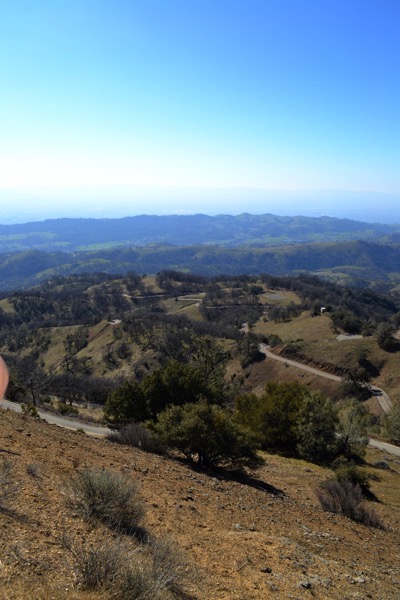
Scientifically, this is a significant research facility as part of the University of California. With at least nine telescopes in operation, Lick Observatory has become the premier facility in discovering new planets. In fact, it confirmed the first extrasolar planet in 1995. The 36 inch refracting telescope, its first and one that you can still visit today, was the largest in the world when constructed in 1888. Short tours are given of the telescope during open business hours. I go on this tour every time I visit which means I have been on this tour approximately 20 times. It never gets old and each time the presenter gives the presentation differently, with different degrees of history and different points of fact. A visit, to me, is an exercise in anticipation of the view, then greeting the 130 year old telescope, and then listening to how the presentation will go differently from all the times I have heard it before. It’s not a bad ritual. Some presentations are far richer and I treasure those like a delicious desert. On two, just two, occasions the presenter raised the elevating floor of the telescope room and let us peer at the grave stone for James Lick, buried beneath the giant telescope. With 130 year old gearing, it is understandable why they nearly never raise the floor during the multiple presentations given most days of the week. And so, I remember those two times as quite special. Some presenters like to share lots about the history, some share a soap opera like account of the life of James Lick, and others know a few facts about the telescope. No mater what, it is wonderful to stare at this 130 year old beautiful art-meets-science technology. Good stuff for the imagination and spirit. There are other telescopes to see as well, a gift shop, and several great spots to have a picnic lunch. And the views! Worth seeing many times over and in different weather conditions. The road is a bit scary, winding, narrow, and precarious feeling at times. Getting past that by focusing all of my attention on the road while driving and saving sight seeing for safe stopping points is the only was I manage to make the trip so often. Don’t forget to drive carefully for you own safety by ignoring the views until you stop, but also to be aware and cautious of the many bicycle riders who make this journey each day. I don’t know how humans can do this on a bicycle and it is amazing that so many do this so casually as if they don’t each deserve a standing ovation after the completion of such a challenge.

As a bit of history, Lick Observatory certainly has its place, especially in connection to James Lick who paid for its construction. James Lick has the kind of life primed for a good story teller. A few examples of facts a good story teller would get to weave in include: leaving the country to make his fortune; actually making that fortune; multiple journeys across nations; a child born during a youthful romance; bringing chocolate to the US to sell and then writing his friend, Ghirardelli, of the successful sale and urging him to locate in California to sell more, yes- that Ghirardelli; building the largest mill on the west coast; building the largest telescope in the world; funding numerous public projects in the San Jose and San Francisco area; becoming the richest person in California, owning most of the area around Lake Tahoe, all of Catalina Island, and lots of property in the San Jose area; as well as being buried under one of the neatest monuments ever used as part of a head stone, the giant 36 inch refracting telescope. That’s a lot to work with and that’s not even everything.

It is amazing to think about the innovation, science, and development that has occurred in our area over the years. So much of that is due to decisions that created opportunities for people to share ideas with one another, to spark new ideas, and provide space for their development. So much of this special opportunity comes from people making decisions like James Lick building the worlds largest telescope in his world. That decision has kept thinkers in our area and brought visiting thinkers to our parts. What would San Jose be like if James Lick never began this observatory project in 1876, when the U.S. was just 100 years old? What if others like him had not made similar decisions? What if Leyland and Jane Stanford never built their University in honor of their son who died of typhoid, or if Jane Stanford had not required that students of various backgrounds as well as women be admitted, or if so many inspired thinkers of all kinds had not a welcoming place to talk with others and to try new things? So much of our good fortune today is the result of decisions made long ago, both by people remembered in books and on the internet, and so many others who just lived good lives. I wonder what decisions we are making today, and I hope there are many, that will have proven so powerful 100 years from now.
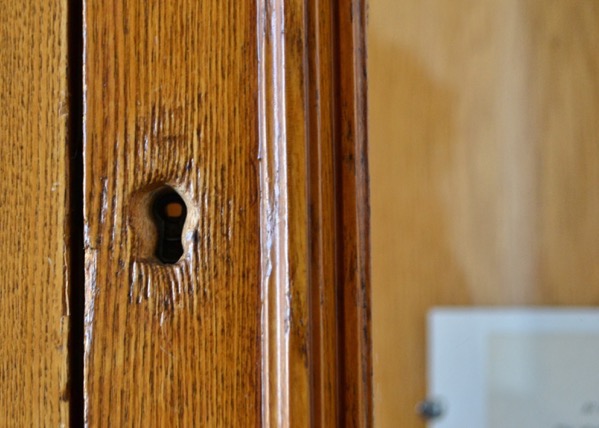
(130 year old key hole in a wooden cabinet in Lick Observatory.)


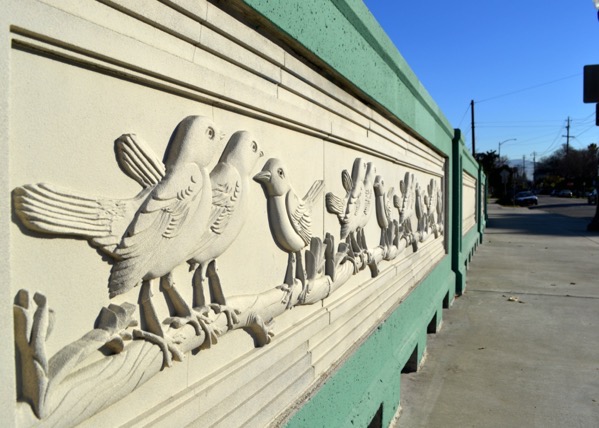




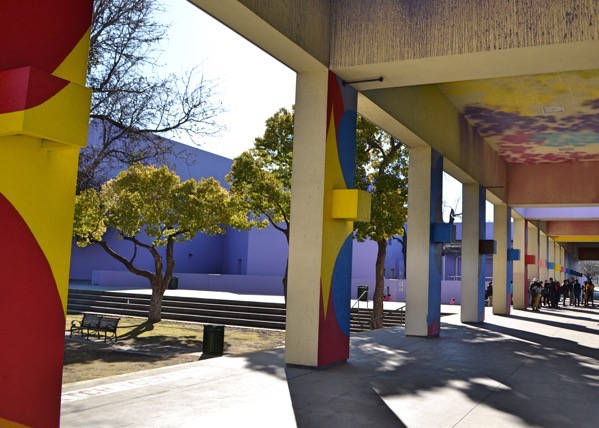
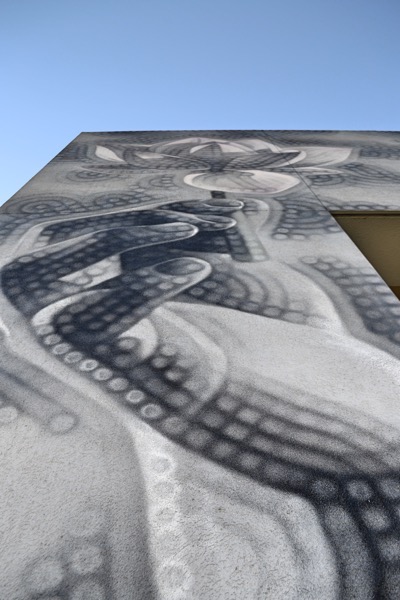
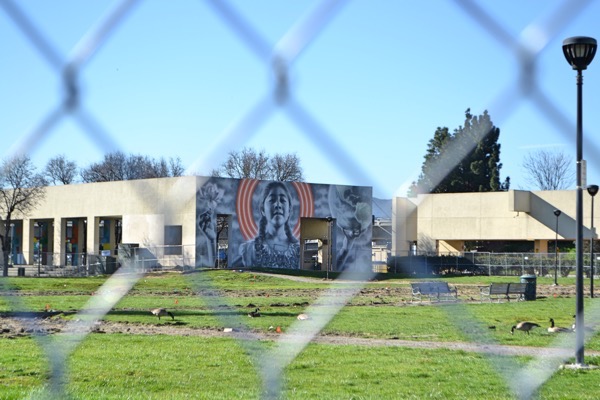 (Discovery Meadow is being refurbished. In the distance you can see the mural: “Sophie holding the world together.”)
(Discovery Meadow is being refurbished. In the distance you can see the mural: “Sophie holding the world together.”)



